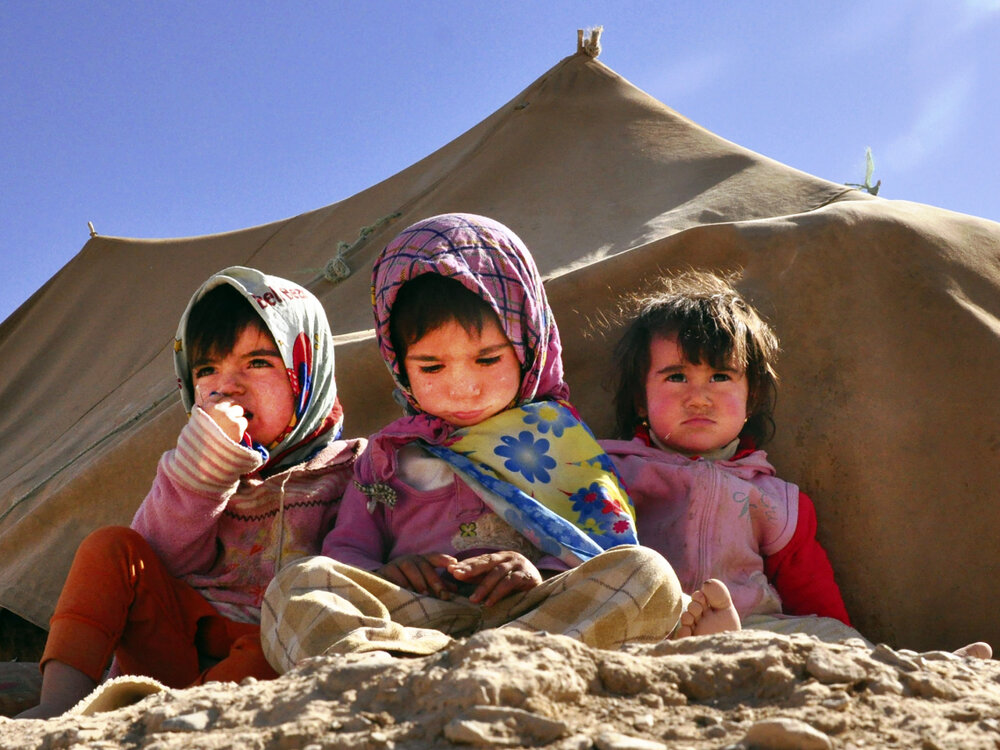140,000 children out of school in Iran

TEHRAN – Some 140,000 children are missing out on education across the country, Abdolreza Fooladvand, head of Tehran’s Department of Education has said.
“The most important threat to a nation’s capital is the lack of human resources, however, we have sometimes failed to prevent this issue in the country,” he lamented.
He went on to say that returning the whole dropouts back to schools cannot be fulfilled by the ministry of education alone, and there must be a national cooperation.
Pointing out that some 81 percent of the labor children in Iran are foreign nationals, he said: “We need to go further to manage the issue in country. One of the positive measures taken is to exempt foreign nationals from tuition fees.”
He further called on the people to join hands and help to provide education for those failing to have access to schooling.
Deputy Education Minister Rezvan Hakimzadeh has said that in the previous school year 1396-1397 (beginning Sept. 23, 2017), some 142,502 children were missing out on education across the country, while 31,910 of them returned to schools.
While provinces of Sistan-Baluchestan, Tehran, Khorasan Razavi, Khuzestan and Kerman have the most out of school rates, provinces of Semnan, Zanjan, Ilam, Qazvin and Yazd have the lowest number of children not receiving education at schools, she further explained.
School dropouts and sustainability worldwide
According to the UNESCO, globally about 262 million children and youth are out of school, according to the UNESCO Institute for Statistics (UIS) data for the school year ending in 2017. The total includes 64 million children of primary school age, 61 million of lower secondary school age and 138 million of upper secondary age.
Out-of-school rates might have direct effect on sustainability, as countries with low literacy rate or high school dropouts cannot reach the sustainable development goal.
So, UNESCO urges countries for greater investment in education at the global, regional and national levels, including more resources for data collection and analysis in an attempt to achieve universal primary and secondary education by 2030.
FB/MG
Leave a Comment